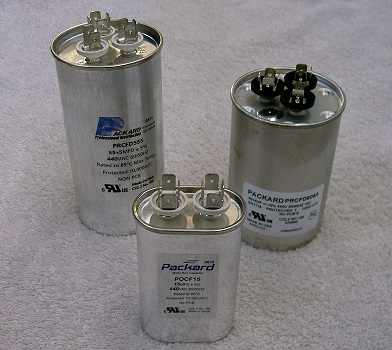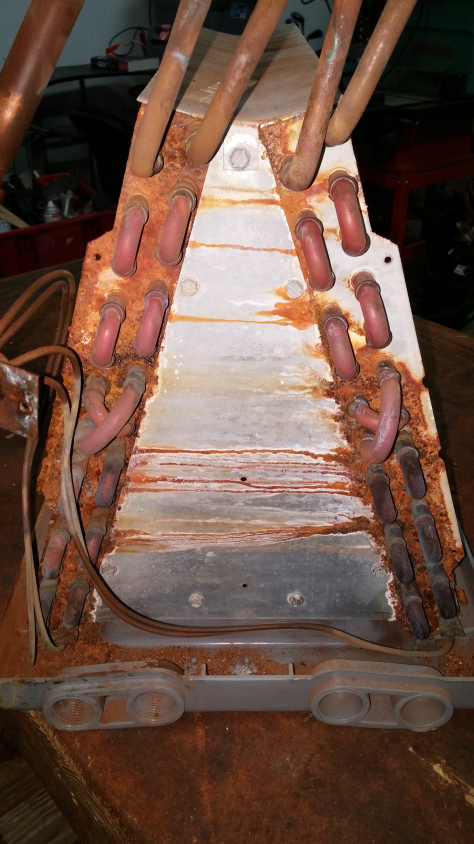‘Tis The Season For Capacitors and Clogged Drains
Once again summer is blazing and our air conditioners are failing. Some of the most common issues during the high heat are clogged drains and failed capacitors. It is a recurring call for no cooling. You come home from work. You left this morning to a nice cool 69 or 70 degree home. But the moment you open the door or head upstairs the humidity hits you like a blast furnace.
The first thing you do is panic and jump on social media to see who is recommended to fix your air conditioner. Maybe it’s Facebook, Angie’s List, HomeAdvisor, Google+, or maybe just your neighborhood gossip channel. Everyone will have an answer. From check your filters to change your thermostat. Seems like these days with YouTube everyone is an expert. Most of these calls we get are capacitors and clogged drains.
At Alexander Services we will walk the homeowner through their issue and present the most effective option for the homeowner to decide how they wish to handle their problem.
Capacitors
Capacitors are like large D-batteries with some very dangerous characteristics. When you were young did you ever place your tongue on the terminals of a 9V battery and felt the zing? Please don’t try that with a capacitor! A capacitor is holding 115V or 230V depending on where it is located. And unlike a battery that releases its charge slowly, a capacitor will do it in an instant like a lightning bolt, BOOM! I have melted a screwdriver on a fully charged capacitor trying to discharge it. Luckily I knew how to handle it and had taken the necessary steps to have protection from electric discharge.
The good news is that capacitors are not that expensive to replace. The sad news is that they come in every quality variety you can think about. Some will be made of cheap materials and may only last a few months. Others are made of more durable materials and can be guaranteed for up to 5 years. So ask your technician how long his capacitors are expected to last. If he says less than 5 years typically, he is buying the cheap junk.


Clogged Drain Lines
Now to the more difficult issue, clogged drain lines. These are easy to detect, evidenced by water in the drain pan. They are also quick to correct, temporarily. I state temporarily for a major reason, the common fix is addressing the symptom not the root problem. Most technicians just vacuum out the clog or use pressurized CO2 or Nitrogen to blow out the clog. But the reason why you got the clog is never addressed.
Here’s the bad news, the most common reason for the clog is due to a more serious and costly issue; Rust. Rust from the coil falls down into the P-trap and does not get washed out. It starts slowly in the age of the equipment and gradually becomes a constant issue in older equipment. So flushing out the rust doesn’t prevent more rust from clogging the drain the next time. The most common repair that will resolve the root issue is to replace the coil. The reason the coil has rust is usually due to a refrigerant leak. This allows ice to build up on the coil and its metal supports. The supports are where the rust is flaking off from. It’s not the copper tubes but the a-frame supports and braces. Replacing the coil stops the leak and gets rid of the rusted parts. But if you chose to just have the drain blown out, be prepared for the drain to clog again soon.










